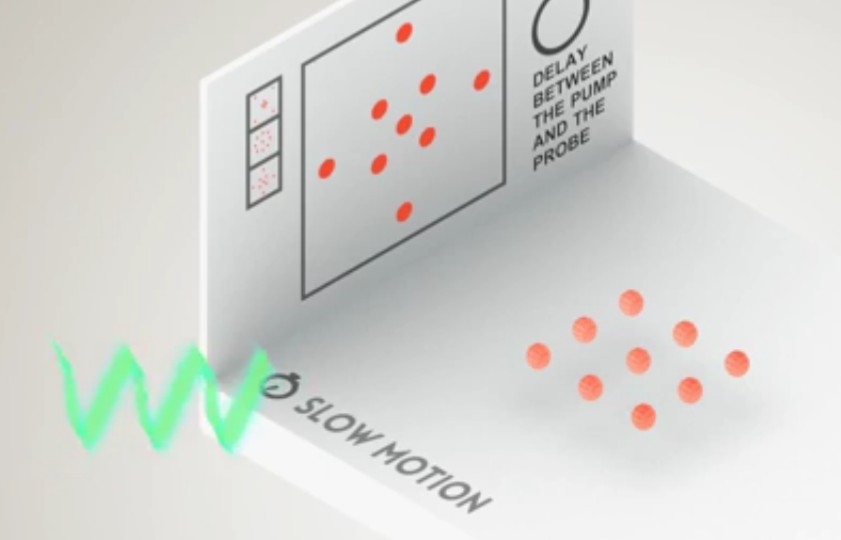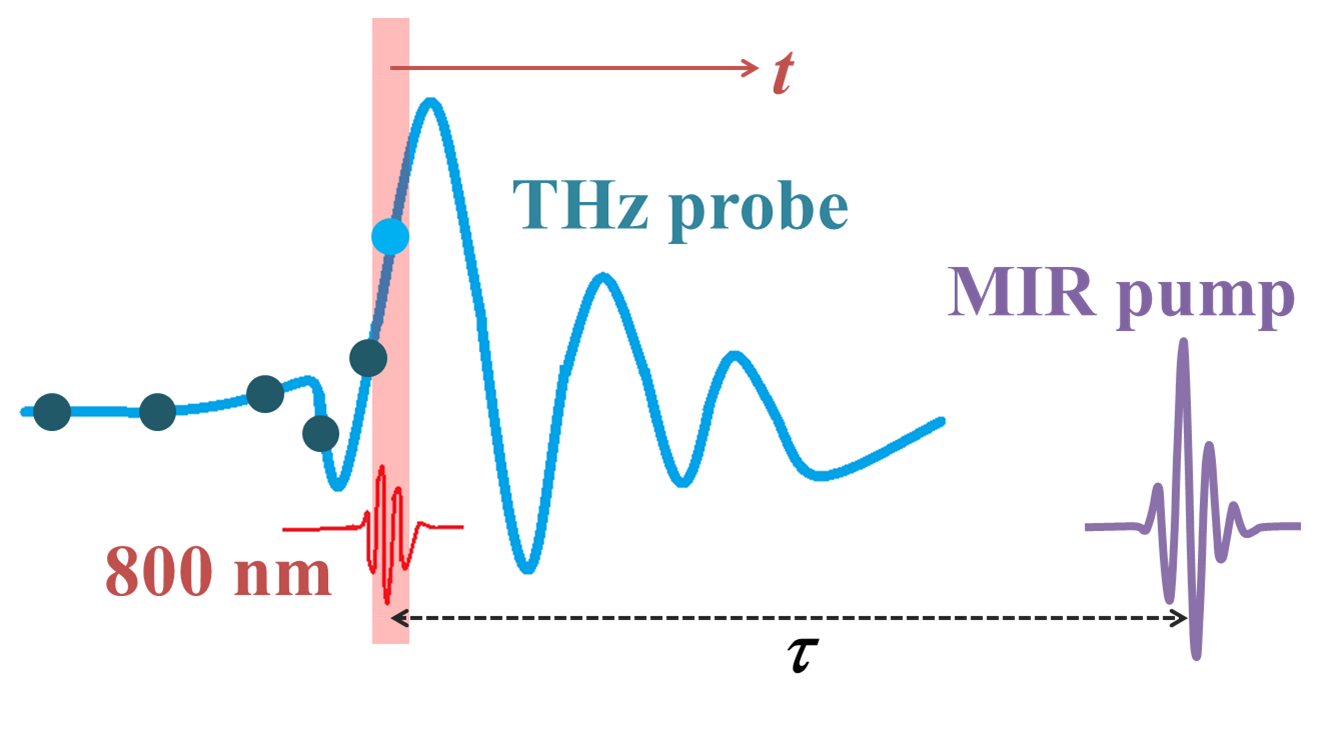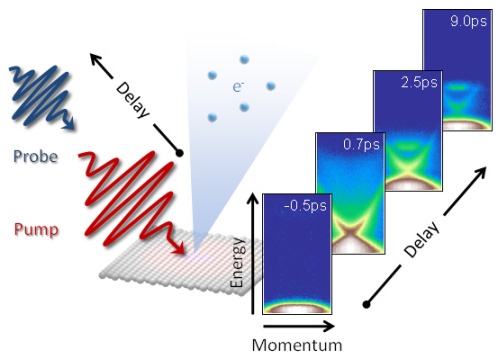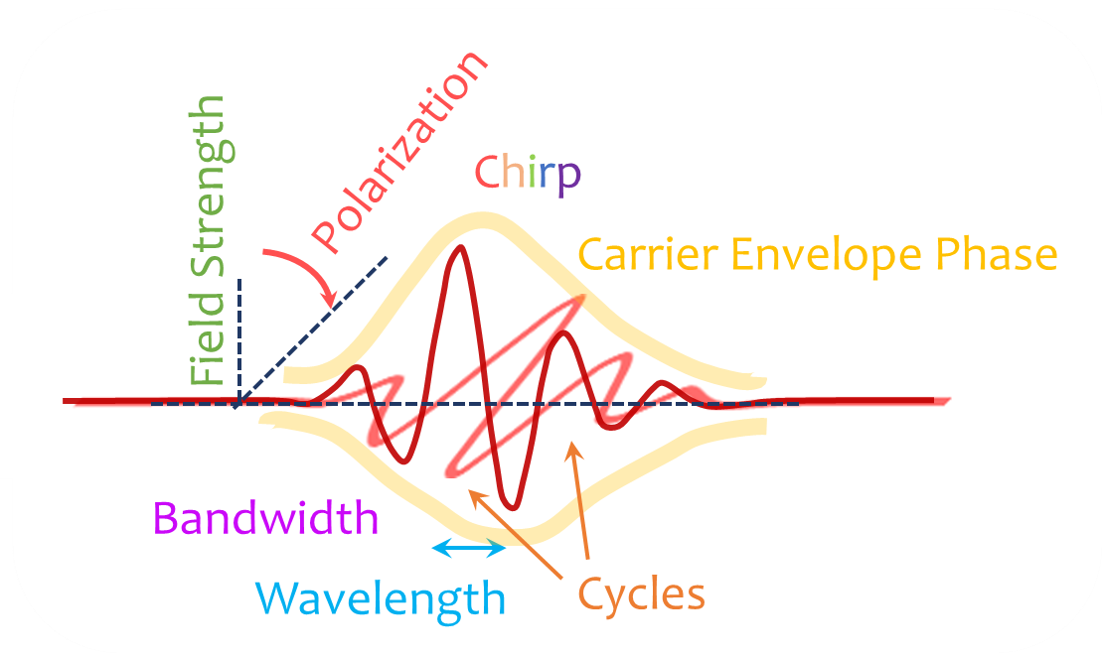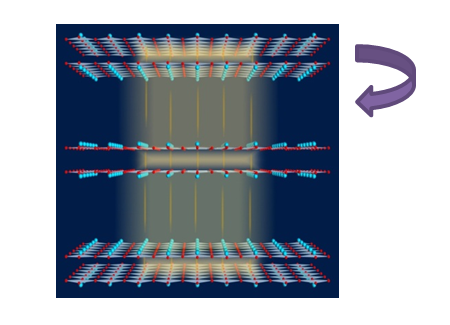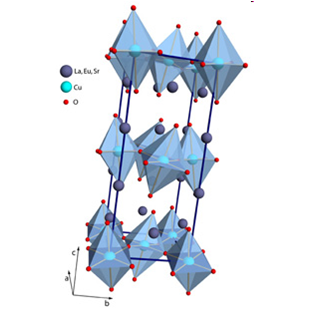Enhancing superconducting coupling in YBa2Cu3Ox
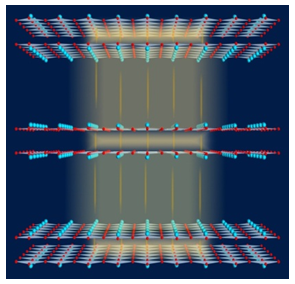
The enhanced coupling could in principle be due to either an increase in the superconducting amplitude (pair density) or a stiffening of the order parameter phase, though the latter appears more likely. Remarkably, we also see evidence of light-induced intrinsic tunneling above Tc, suggesting that incoherent pairing may survive throughout the pseudogap state.
Enhanced interbilayer tunneling
YBCO is a bilayer cuprate, with two CuO2 planes per unit cell, and in the superconducting phase, the Josephson plasma resonance modes produce two edges in the equilibrium c-axis reflectivity which act as optical fingerprints of superconductivity. Below each Josephson resonance frequency, a positive and diverging component of the inductive conductivity serves as a measure of the condensate tunneling along the c-axis. (In-plane, the magnitude of the divergent conductivity, as with a BCS superconductor, scales proportionally to the full condensate density.)
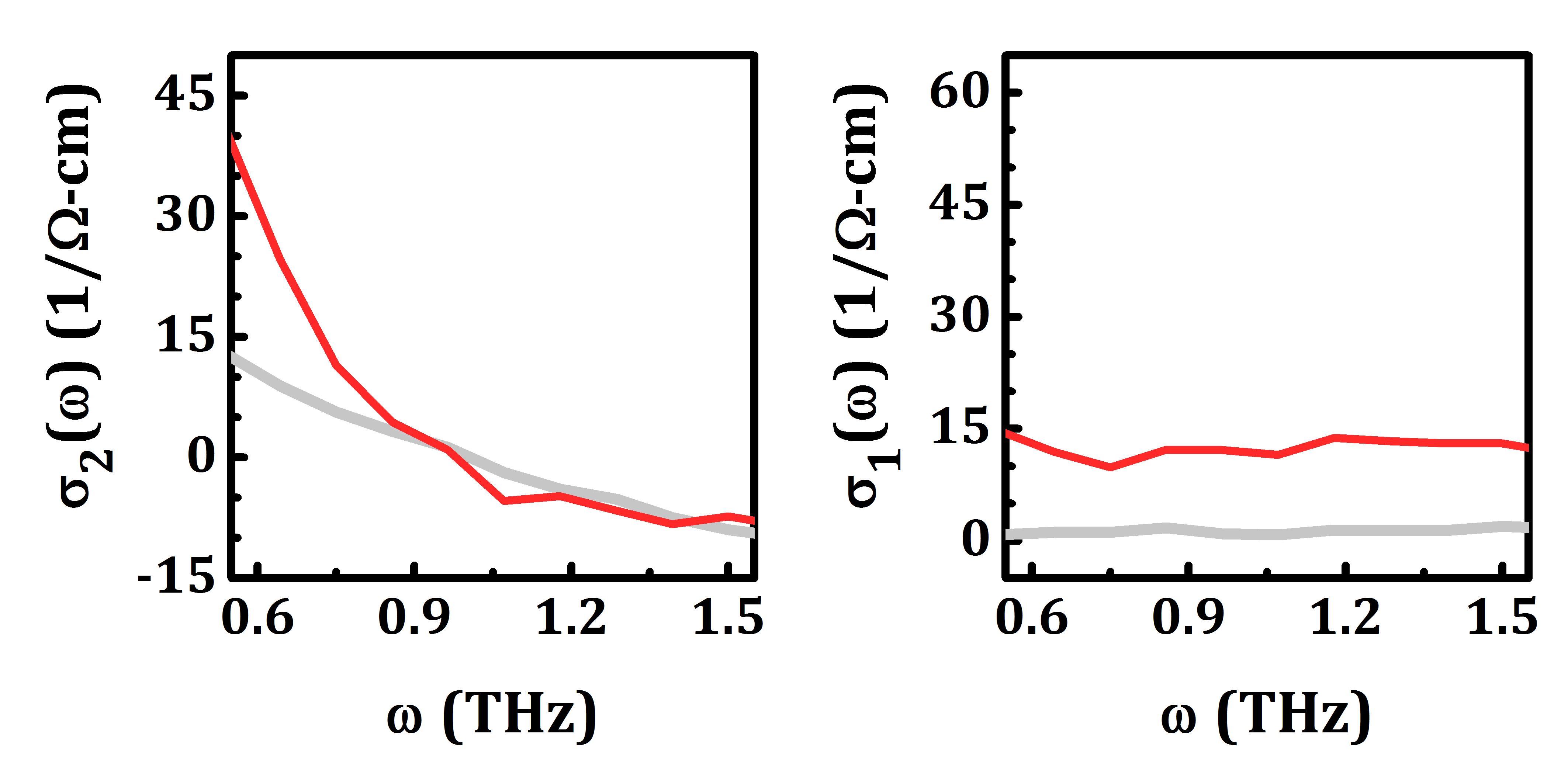
Within 0.5 ps of excitation, the THz reflectivity shows a blue shift of the Josephson plasmon related to interbilayer tunneling (tunneling between pairs of closely-spaced CuO2 planes). This is accompanied by an increase in the positive and diverging inductive conductivity, evidence of enhanced tunneling (shown at right).
The enhanced intrinsic tunneling can be induced across the underdoped regime.
Selective light excitation
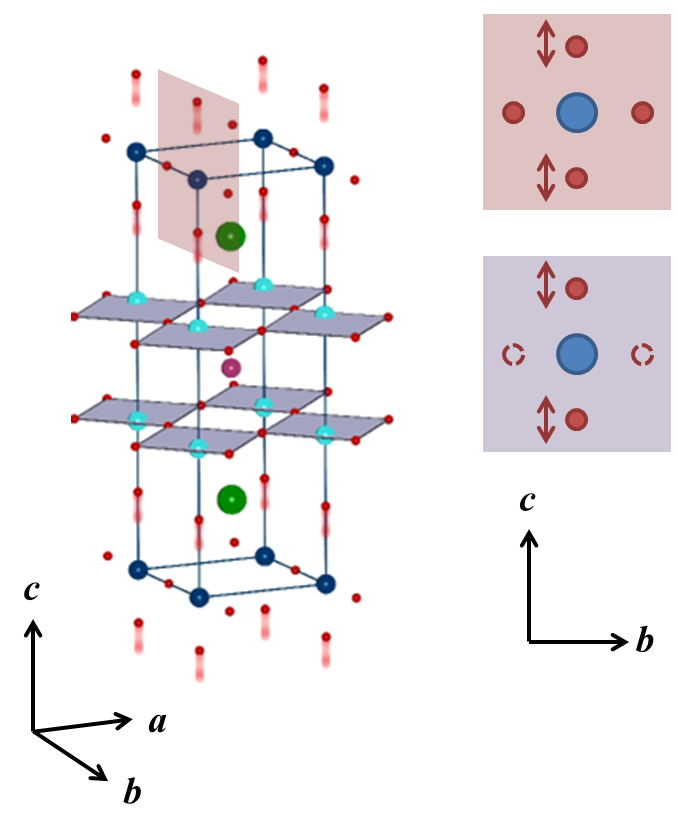
We targeted a 15 μm B1u phonon mode of the YBCO 6 lattice, which is related to the c-axis motion of the apical oxygen atoms. These atoms sit above and below the pairs of CuO2 planes. The distance of the apical oxygen atoms is known to be correlated to the superconducting transition temperature Tc in equilibrium, although the precise mechanism behind the relationship is not totally clear.
The enhanced interlayer coupling could only be induced by selective excitation of this mode. The magnitude of the transient coupling decreased as the pump was tuned off-resonance. Excitation at 15 μm with polarization in-plane also produced no enhanced tunneling. In-plane, 15 μm is resonant to another phonon mode, a B3u phonon associated with Cu-O stretching in the CuO2 planes. (Analogous to the mode used to destroy charge stripes and restore superconductivity in La1.8-xEu0.2SrxCuO4.)
Josephson-like coupling above Tc
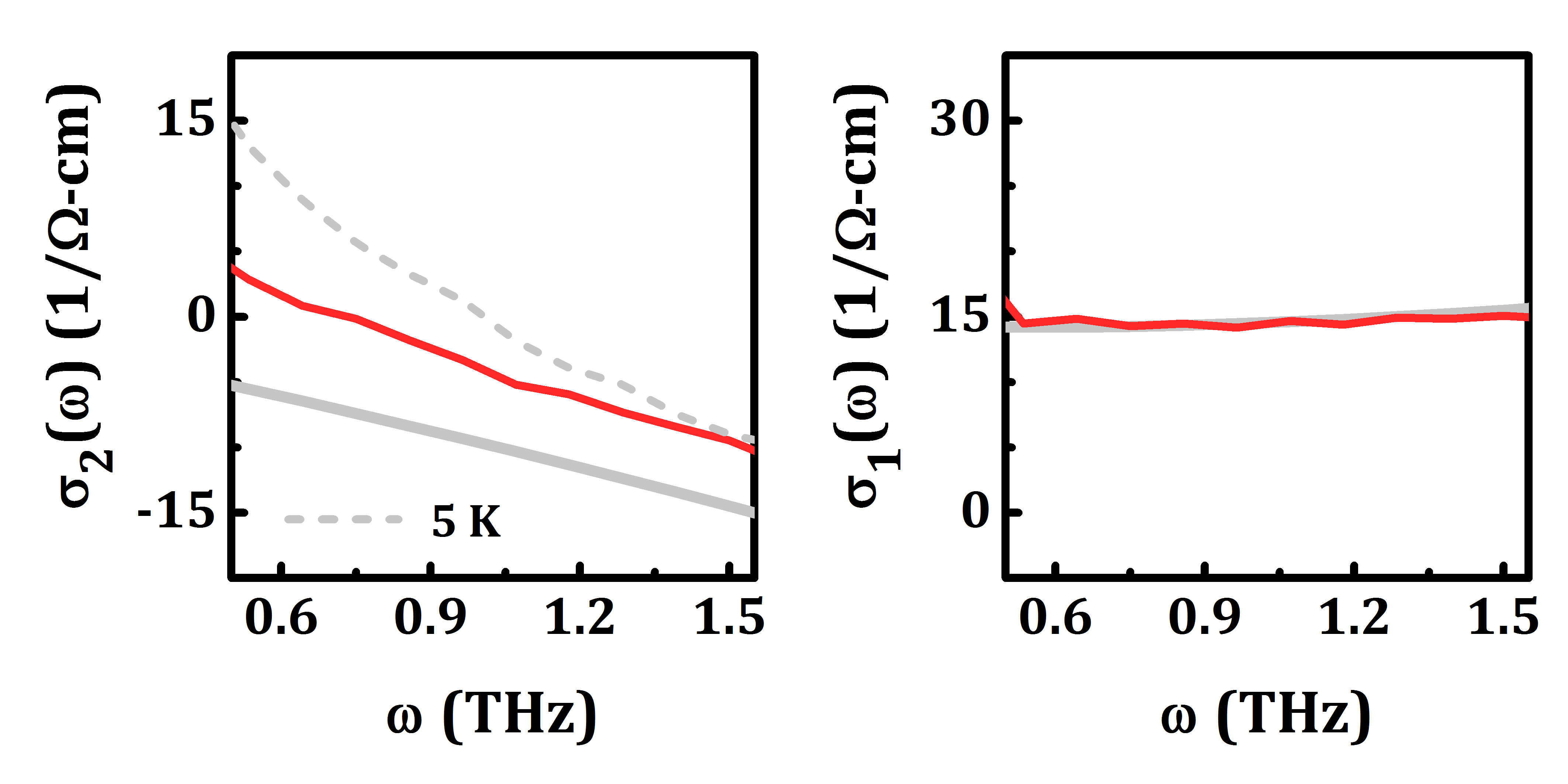
The light-induced reflectivity shows the appearance of a plasma edge near the equilibrium Josephson plasma frequency (at T << Tc), further suggesting that the same density of carriers that give rise to the Josephson mode are responsible for the transient plasma mode above Tc.
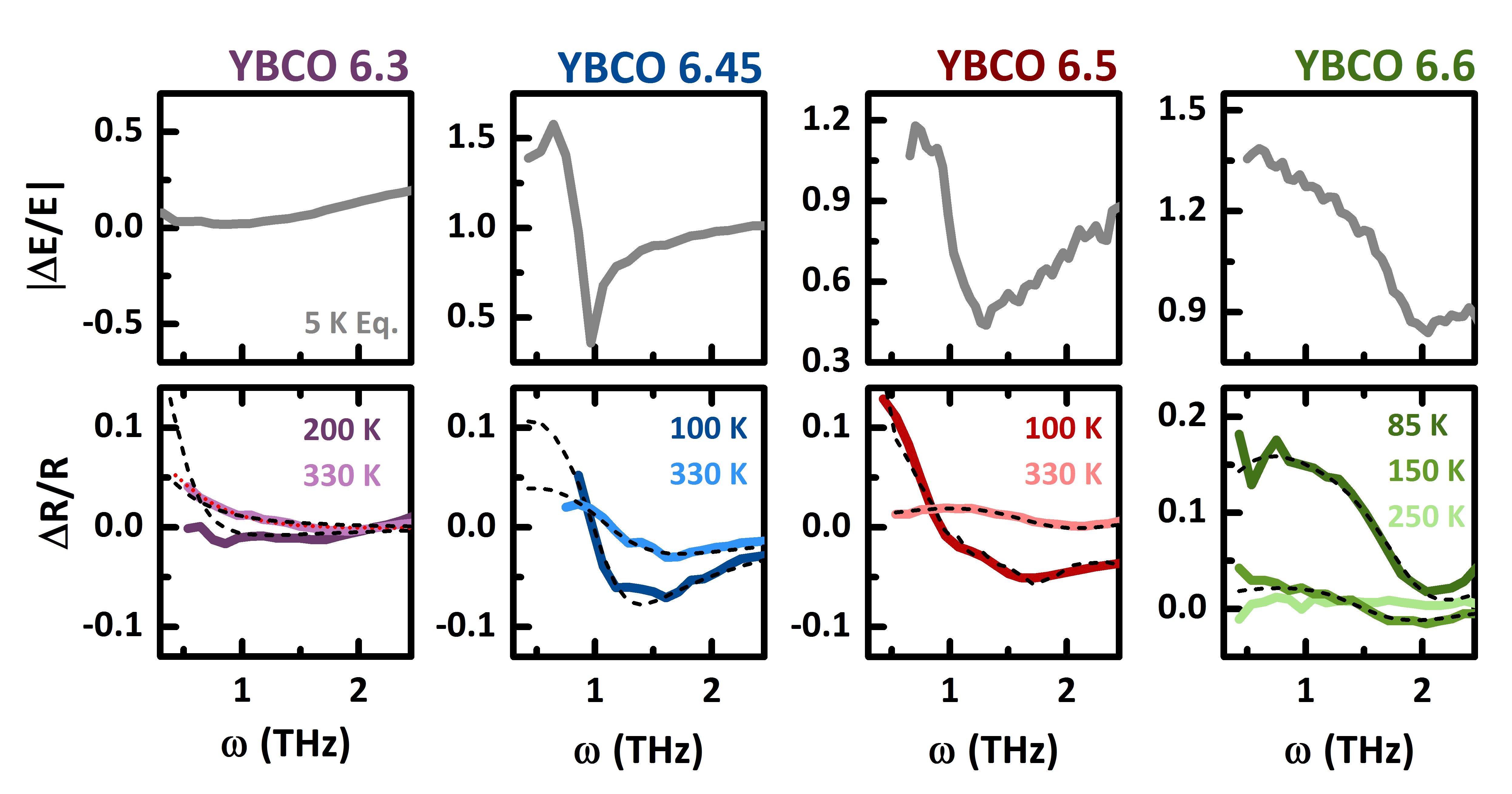
The light induced plasma mode could be generated throughout the pseudogap phase. The onset temperature of the inductive response, T', is shown below on a non-equilibrium phase diagram, indicated with red dots. The light-induced conductivity increases with decreasing temperature, following a mean-field behavior, until a "cusp" temperature, T'', below which it is suppressed. This is suggestive of competition with another order that onsets near T'', perhaps the incommensurate spin fluctuation regime that survives above the spin density wave transition.
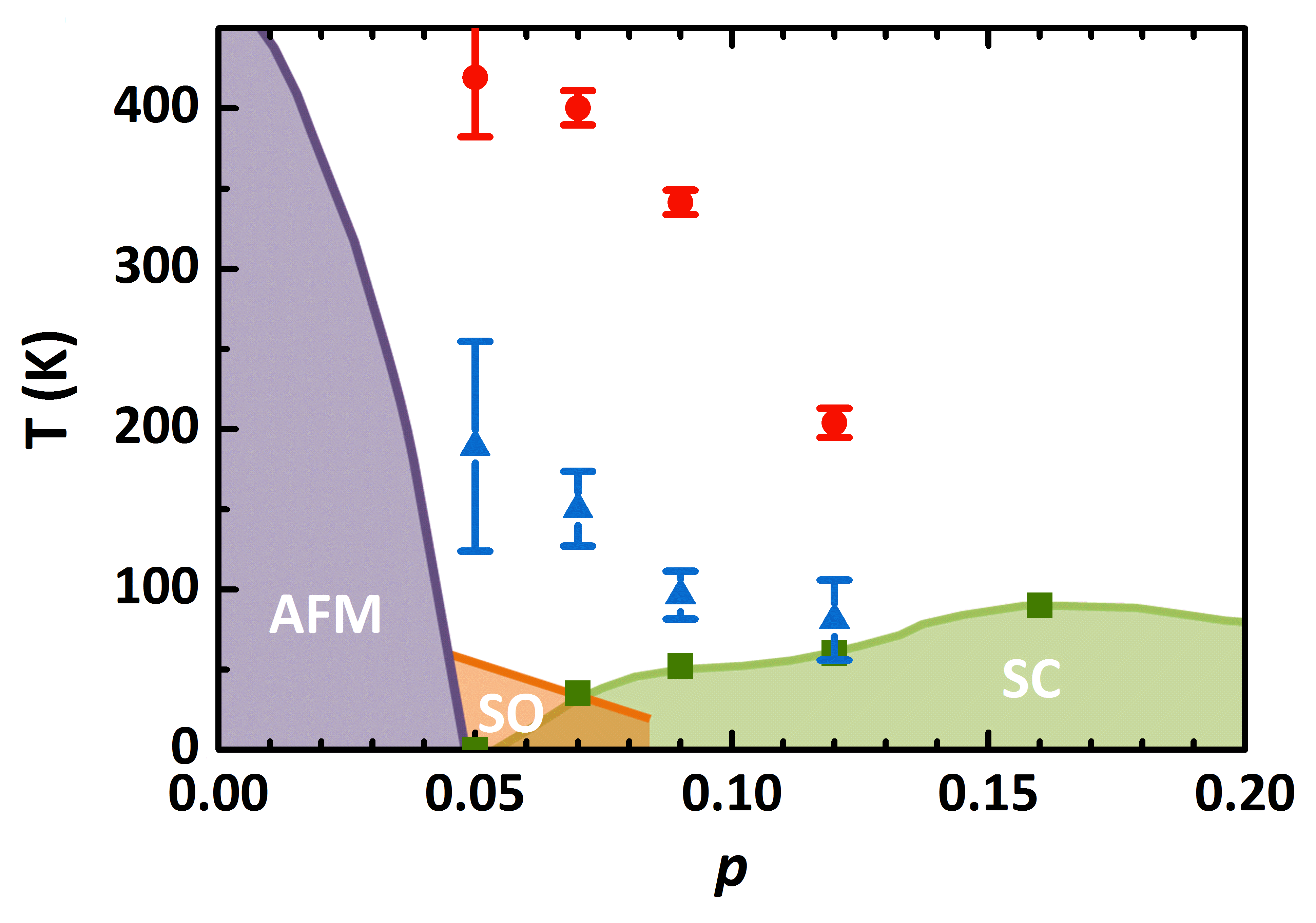
Possible mechanisms for the enhanced superconducting state
Several possible mechanisms may be at work causing the enhanced Josephson tunneling. Three of these have been explored experimentally and theoretically:
- Dynamic redistribution of phase fluctuations
- Distortion of the YBCO lattice
- Suppression of a competing charge order
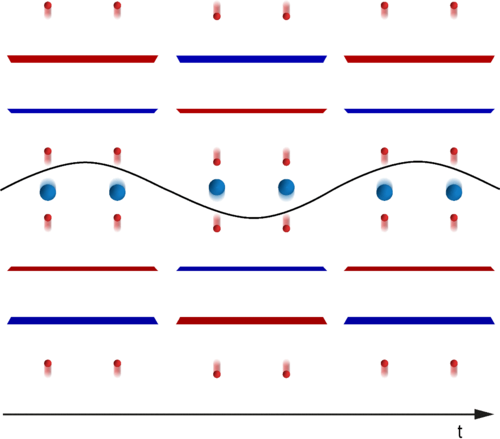
Our results on the interbilayer plasmon inspired subsequent broadband THz measurements of the high frequency Josephson plasmon (associated with tunneling within the closely-spaced bilayers), which found that indeed the blue shift of the low frequency plasma mode occurs along with a red shift of the high frequency mode, at constant total spectral weight. This observation suggests rather than forming Cooper pairs, the light induces a dynamic redistribution of coupling strengths, supporting the interbilayer plasmon at the expense of intra-bilayer tunneling.
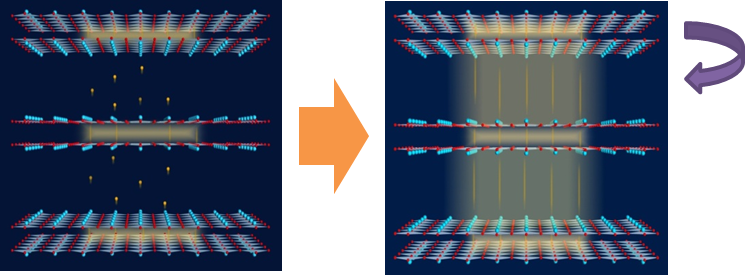
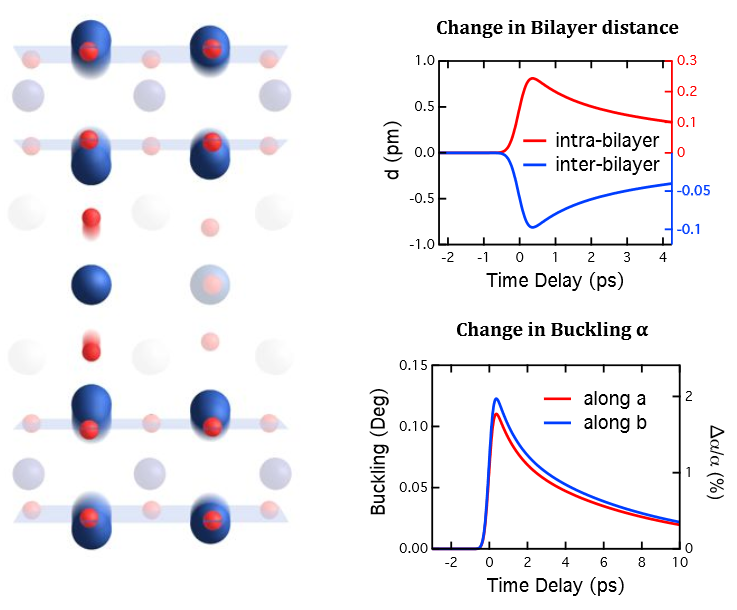
Measurements led by Roman Mankowsky and Alaska Subedi found that the distance between the planar Cu atoms and the apical oxygen decreases after excitation, seemingly in contrast to what one would expect for enhanced superconductivity. However they also find that the buckling of the planar Cu-O bonds increases, with the Cu atoms moving into the interbilayer region. The net effect is a decrease in the interbilayer spacing and a corresponding increase in the intrabilayer spacing. Overall the measured displacements were quite small, on the scale of a pm. However, as the Josephson coupling scales exponentially with the distance between the planes, these shifts may account for the observed increase (decrease) in interbilayer (bilayer) coupling.
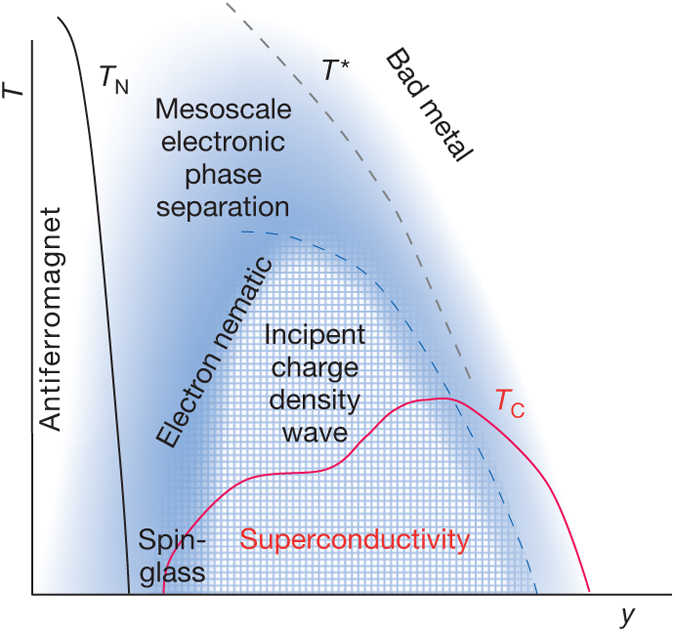
A time-resolved resonant soft x-ray diffraction measurement was carried out at the Stanford LCLS x-ray free electron laser. The effect of the 15 μm excitation on the CDW order was measured on YBCO 6.6 just above Tc, where the CDW order is strongest. This doping is near the optimal doping for CDW order, which forms a dome centered around p = 1/8 (x = 6.65).
Indeed, we found that the CDW order is suppressed by about 50%. However the slower onset but the time scale suggests that if the two effects are related, the destruction of charge order is a consequence rather than cause of the transient coupling.
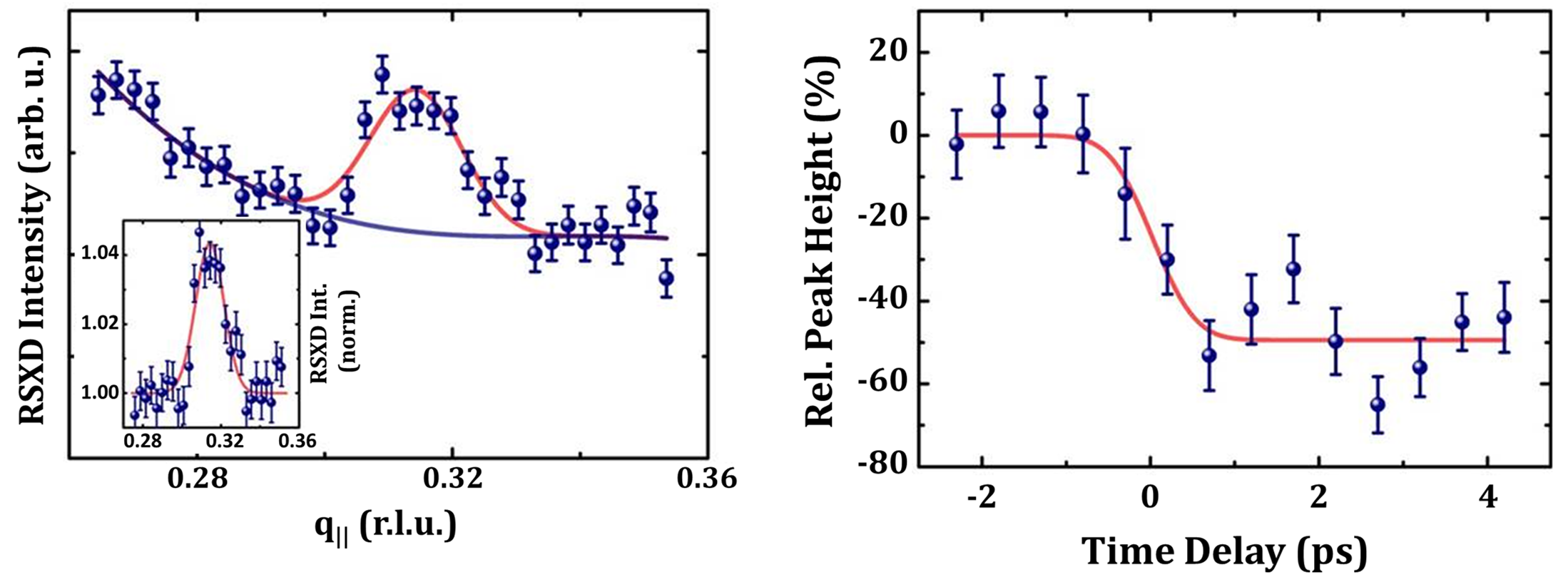
Publications associated with this research
"Dynamical decoherence of the light induced interlayer coupling in YBa2Cu3O6+δ,"
C. R. Hunt, D. Nicoletti, S. Kaiser, D. Proepper, M. Le Tacon, T. Loew, B. Keimer and A. Cavalleri.
Phys. Rev. B 94, 224303 (2016). arXiv
"Redistribution of phase fluctuations in a periodically driven cuprate superconductor,"
R. Höppner, B. Zhu, A. Cavalleri, and L. Mathey.
Phys. Rev. B 91, 104507 (2015). arXiv
"Femtosecond resonant soft x-ray diffraction links melting of charge order with light-enhanced coherent transport in YBa2Cu3O6.6,"
M. Först, A. Frano, S. Kaiser, R. Mankowsky, C. R. Hunt, J. J. Turner, G. L. Dakovski, M. P. Minitti, J. Robinson, T. Loew, M. Le Tacon, B. Keimer, J. P. Hill, A. Cavalleri, and S. S. Dhesi.
Phys. Rev. B 90, 184514 (2014). pdf
"Ultrafast X-rays determine the optically induced lattice distortions that transiently enhance superconducting transport in YBa2Cu3O6.5,"
R. Mankowsky, A. Subedi, M. Först, S.O. Mariager, M. Chollet, H. Lemke, J. Robinson, J. Glownia, M. Minitti, A. Frano, M. Fechner, N. A. Spaldin, T. Loew, B. Keimer, A. Georges, and A. Cavalleri.
"Optically induced coherent transport far above Tc in underdoped YBa2Cu3O6+δ,"
S. Kaiser, C. R. Hunt, D. Nicoletti, W. Hu, I. Gierz, H. Y. Liu, M. Le Tacon, T. Loew, D. Haug, B. Keimer, and A. Cavalleri.
Phys. Rev. B 89, 184516 (2014).
"Optically enhanced coherent transport in YBa2Cu3O6.5 by ultrafast redistribution of interlayer coupling,"
C. R. Hunt*, W. Hu*, S. Kaiser*, D. Nicoletti*, I. Gierz, M. C. Hoffmann, M. Le Tacon, T. Loew, B. Keimer and A. Cavalleri.
Nature Materials 13, 705-711 (2014).
